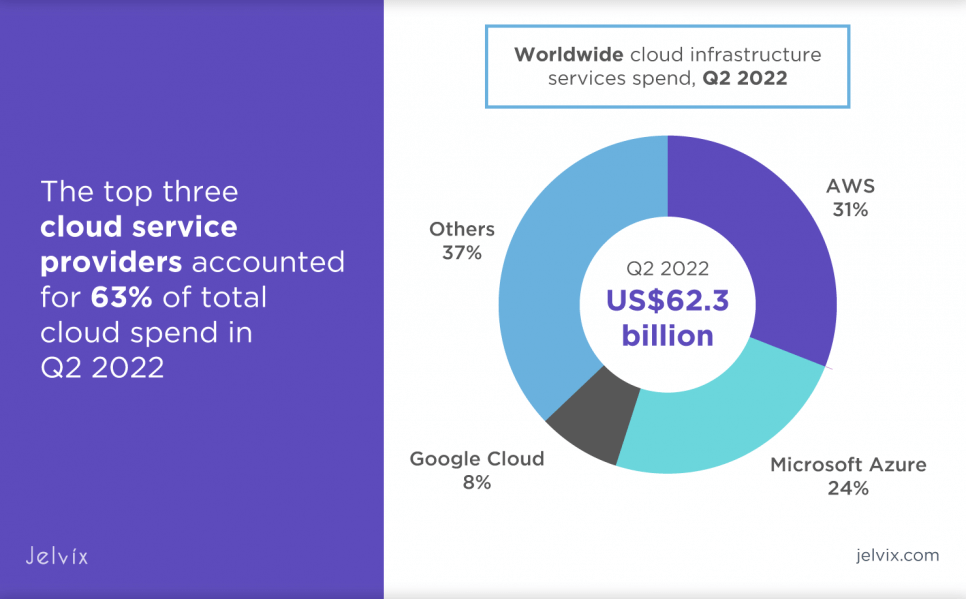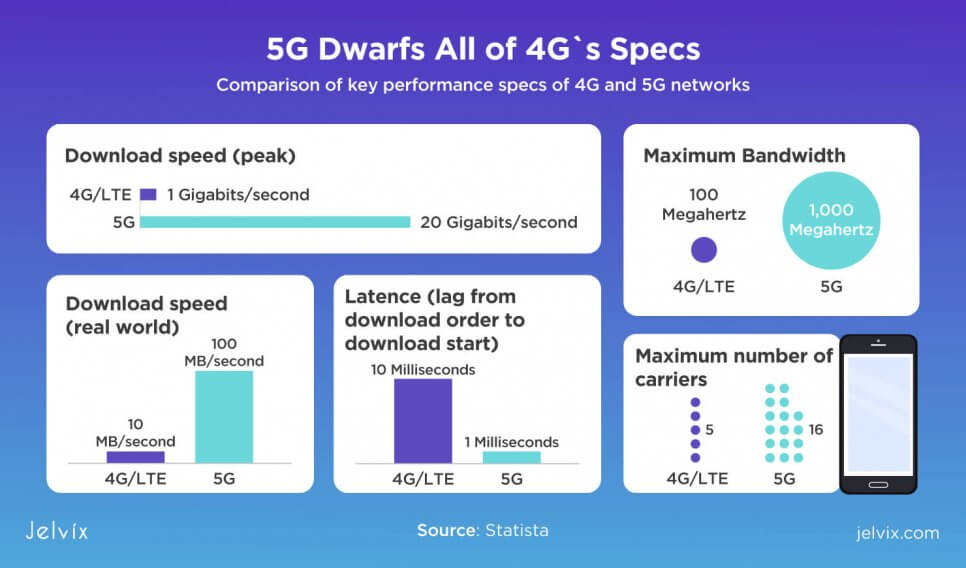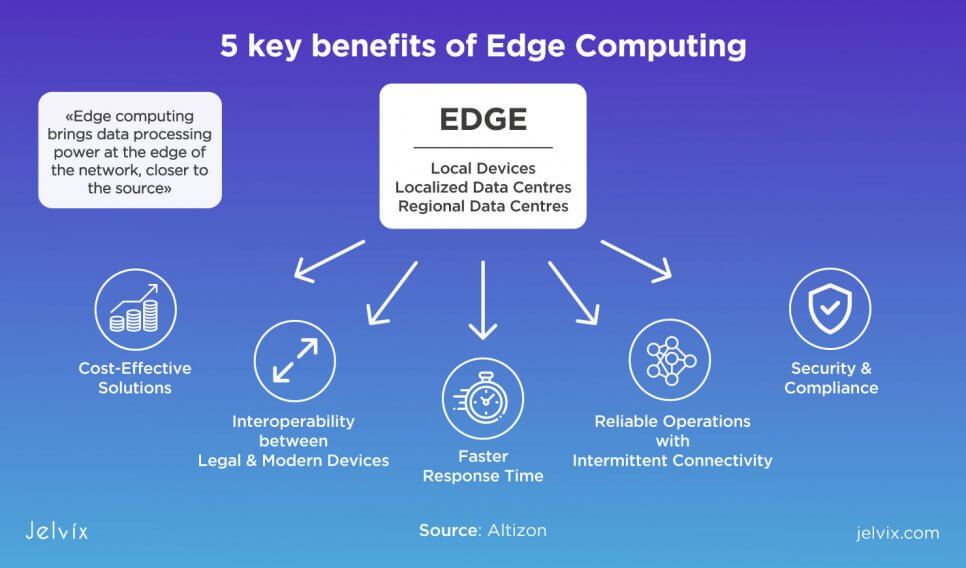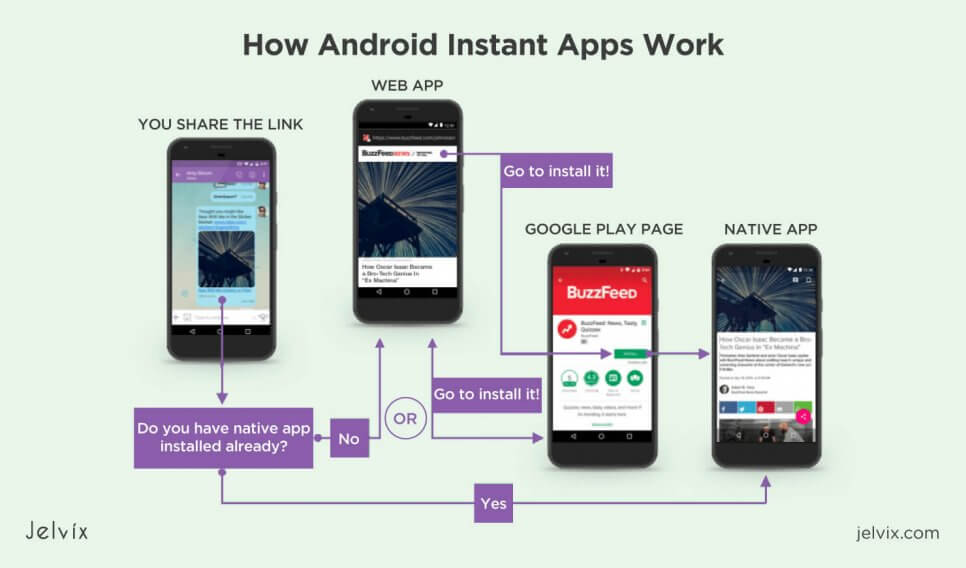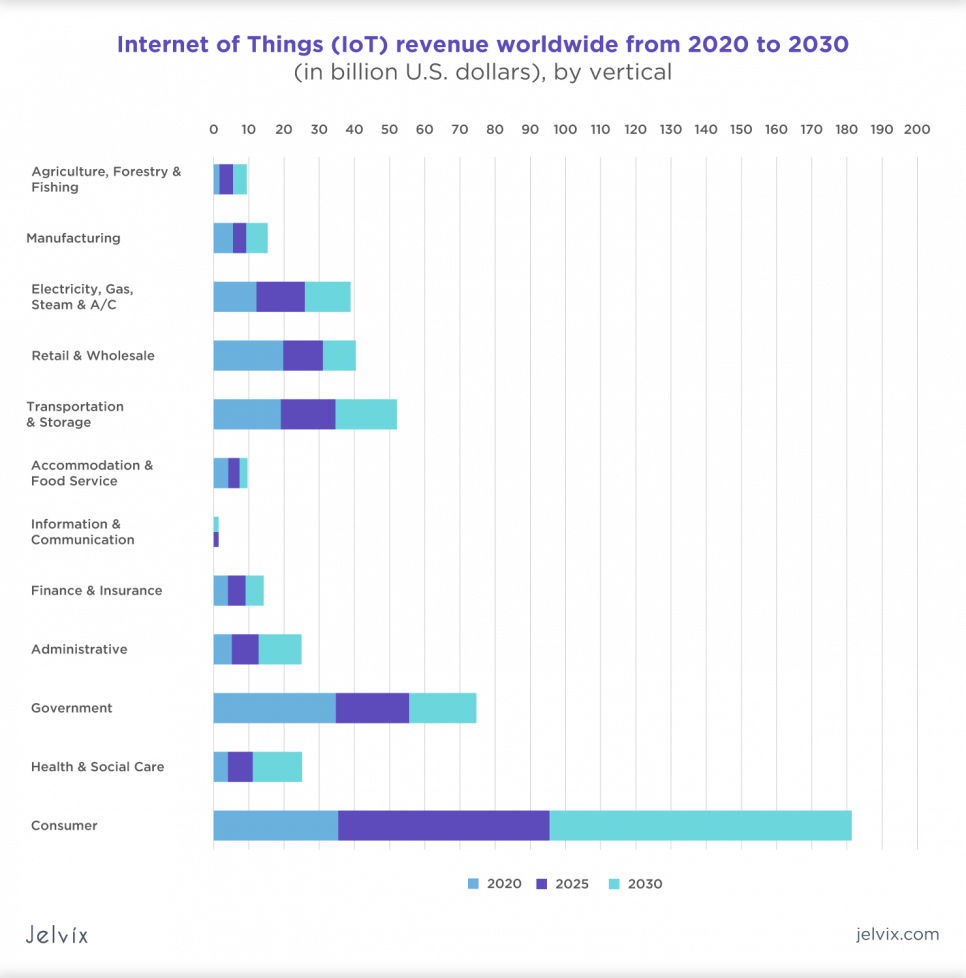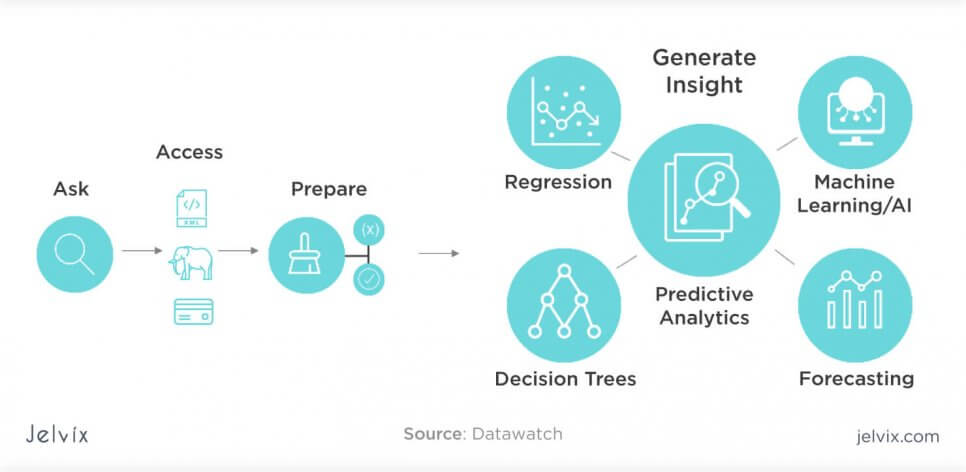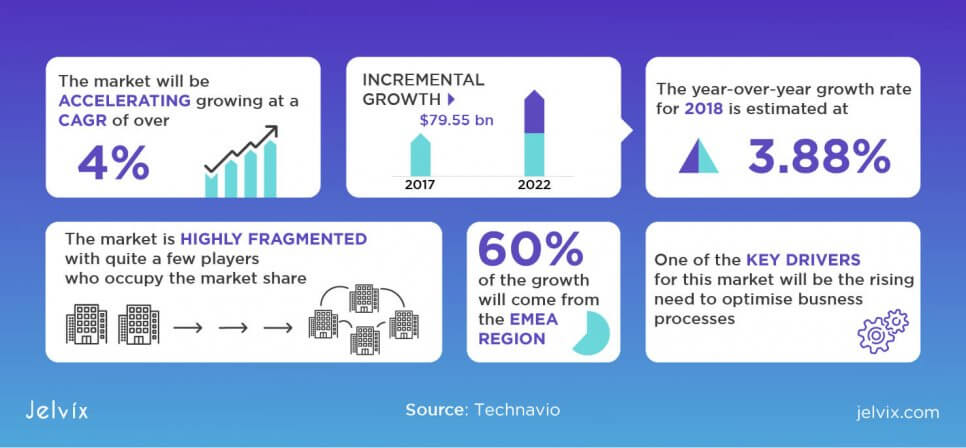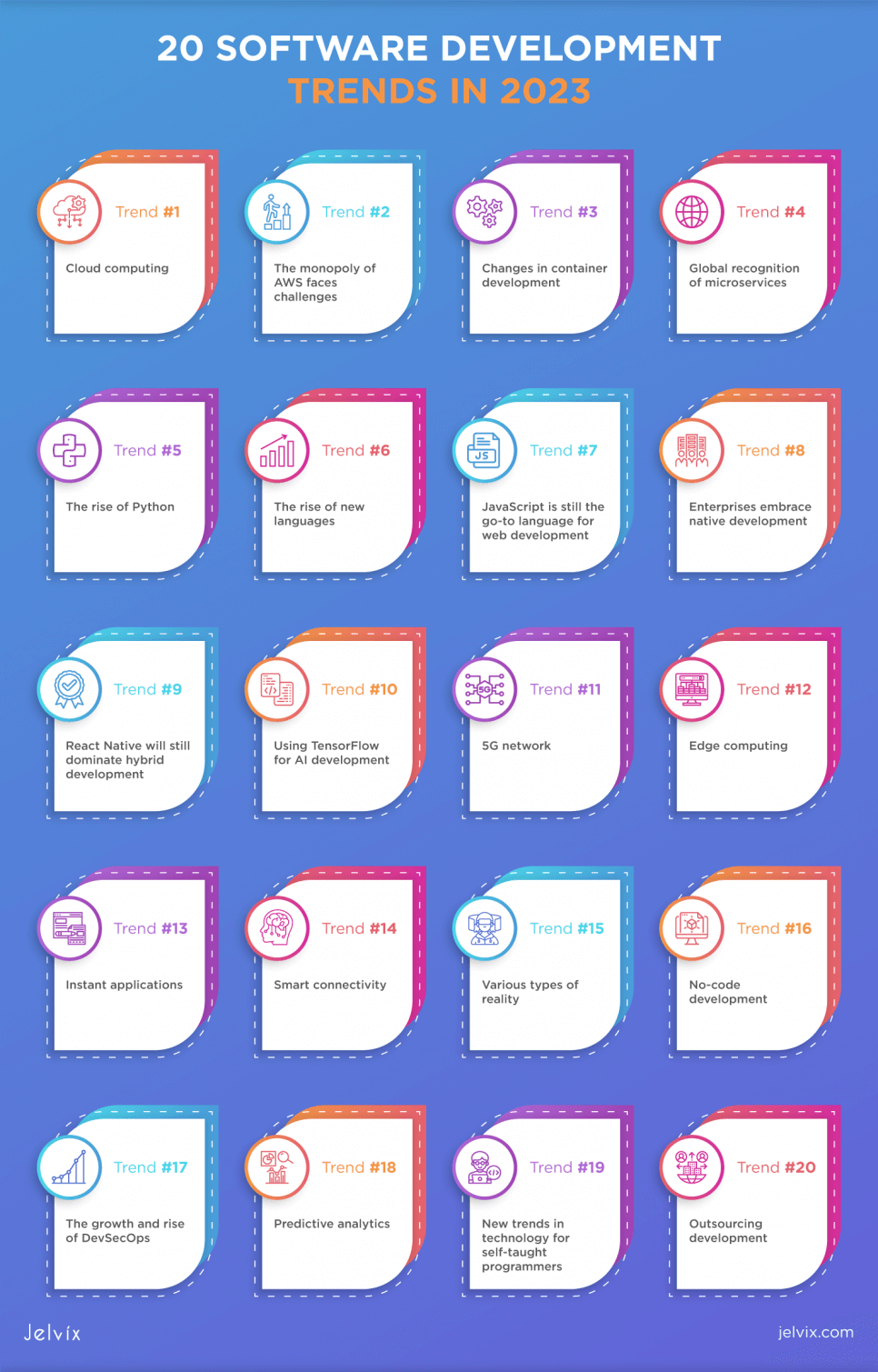2025 is here, and it’s obvious that new technologies will emerge, while others will keep rising. This year will certainly continue the latest software development trends, established in 2024, which was one of the best years for technology, but there are many innovations yet to come.
Main software development trends for 2025
Software development in 2025 will continue the direction it took in 2024. However, familiar markets and technologies will likely surprise us with new advancements, especially after they become more mainstream. Artificial Intelligence, Internet of Things, AR/VR/MR companies have already announced many promising releases for the year. It’s likely that we’ll see the birth of new trends as the year goes along.
In this analysis, we aimed to track the global trends in the IT industry and look at the practical implications. Technologies, tech stacks, industry leaders – we’ve taken all these aspects into account to prepare an in-depth analysis. Now, let’s take a look at each trend and examine its future applications.
Trend #1 — Cloud computing
In 2024, Cloud was embraced not only by startups and businesses but even by governmental organizations and institutions. Hospitals, security offices, legal authorities, and also the Pentagon recognize the value of the technology. It’s possible that by the end of 2025, we are going to see a significant transition of businesses and institutes to Cloud, and not just in the United States, but all over the world.
The reason why Cloud is one of the most prominent software industry trends is that transitioning to this computing form has never been easier. At this point, all global firms are investing in the technology (with the frontrunners like Google, Amazon, Microsoft), and they enable Cloud computing to businesses and individuals. You can even get free credits for the first month to see if the Cloud infrastructure fits your needs well.
Trend #2 — The monopoly of AWS faces challenges
Amazon Web Services was the first global public cloud infrastructure that enabled businesses to switch their computing operations to remote servers. However, despite being the first, AWS will not necessarily be the most popular one. According to Canalys, AWS holds 32,6% of market share, whereas Azure and GCP hold the remaining 22.4%.
Microsoft has been challenging Amazon with its Azure infrastructure and JEDI Cloud project, which will be conducted in partnership with Pentagon. Google doesn’t fall behind, either: the company invested in cloud-native computing, which targets business owners and governmental institutions. IBM bought Red Hat — one of the most promising cloud service providers on the market.
Trend #3 — Changes in container development
Docker has been one of the most popular container solutions for a while, with competition from Mesos, Swarm, and Kubernetes. Now, it’s the latter that won the leadership. Kubernetes grew a loyal community and emerged as a global authority on container development. Kubecon + CloudNativeCon was attended by 12 000 people — the company double of its last-year attendance rate.
Kubernetes will be used as an industry standard for container development, with more and more developers moving away from Docker as their preferred solution.
Trend #4 — Global recognition of microservices
Recent developments in Cloud and container development lead more developers to consider microservices as a leading form of architecture. Monolith architecture (the one where you build one big service and add new features to it as the project grows) proved to be a hardly scalable long time ago. Still, it’s only now that microservices might be able to peak, because of so many advancements in Cloud computing.
Rather than building one great service, developers will break the functionality into manageable sections. The software will consist of microservices, where each one performs a single function but does it impeccably. If you need to update a function, make a change in one microservice.
Trend #5 — The rise of Python
Python is a language that fits all modern development needs. Web development, mobile development, or enterprise project — this language can handle it all. What sets Python apart from other universal languages is its ability to allow conducting complex mathematical operations, data analysis, machine learning, and neural network building.
As you can see, the language is already ranking the third one after Java and C in terms of popularity. Its growth rate is astonishing: the demand of the language increased twice. What’s more, Python isn’t difficult to learn, but it can be adapted to very complex projects with advanced levels of skill.
Discover how the right IT partner can drive efficiency, scalability, and innovation to accelerate your business growth.
Trend #6 — The rise of new languages
Even though developers still prefer learning all-purpose languages like C, Python, Java, new languages have their niche. The last decade surprised us with many elegant languages, among which are Go, Swift, Rust, TypeScript. These tools are simpler to learn and master, the syntax is clearer, and the projects are easy to maintain.
New languages — unlike, for instance, PHP, which was founded in 1994 — are adapted to new hardware and correspond with high user standards. They focus on delivering fast performance, multi-threaded processing, cross-device optimization, and seamless deployment. Importantly, these new languages are backed up by large corporations (Go by Google, Swift by Apple, Rust by Microsoft), which were heavily investing in the growth of these projects over the last few years.
Trend #7 — JavaScript is still the go-to language for web development
2025 will hardly bring any surprises for this software development trend. The dynamics of JS growth are pretty apparent. Ever since the introduction of AngularJS in 2014, the language became more capable of sustaining many backend operations simultaneously. It was always a strong candidate for frontend development, and the possibility to use JS both for client-side and server-side appeals to developers.
JavaScript frameworks are likely to be the next big thing in web development. Perhaps, they are there already — but the trend will become even more apparent as this year goes on.
Trend #8 — Enterprises embrace native development
Over the last few years, we’ve seen many discussions on choosing between native versus hybrid development. Initially, hybrid development appealed to developers with its simplicity and cost-efficiency. Applications are expected to be cross-OS anyway, and it’s cheaper to hire one team instead of several ones.
However, enterprises understood that to develop an intuitive and complex solution, neglecting the standards of native development isn’t always the best bet. While startups and small businesses will still likely pursue cheaper hybrid development, enterprises are likely to come back to more reliable native practices.
Trend #9 — React Native will still dominate hybrid development
Even though enterprises will move away from the massive adoption of hybrid solutions, startups and small businesses will still prefer universal cross-platform development. React Native, backed by Facebook, has been among software development trends for many years, and the situation isn’t likely to change.
While Xamarin and Flutter, two other most popular hybrid frameworks, offer decent competition, React Native still provides a higher percentage of code reusability and is simpler to learn.
Trend #10 — Using TensorFlow for AI development
Artificial Intelligence has been topping the lists of technology trends many years in the row, and it’s not going to change in 2025. Last year, big corporations and smaller startups kept investing in Artificial Intelligence. Each year, users become more accustomed to using AI for daily practices, and it doesn’t start that many ethical conversations.
For developers, incorporating AI in their solutions also becomes a must-have rather than a preferred practice. Google recognized this tendency and developed TensorFlow — a library for neural network development. Combined with Theano, one of the most prominent AI frameworks, it provides developers with a fast environment for building and testing neural networks.
Trend #11 — 5G network
5G network has been in the making for quite a while, but communications experts are positive that it will come out this year and become one of the leading IT trends 2025. For developers, it means that the connection ability will significantly improve, and users will be able to receive online offers all over the world. It also means the improved speed of mobile connection, essential criteria for implementing complex innovations like machine learning or augmented reality to mobile apps.
5G will provide new possibilities for mobile gaming and make communications much faster and more accessible. Developers will be able to experiment more with new applications and incorporate the best technologies into mainstream solutions.
Trend #12 — Edge computing
We’ve already discussed that Cloud computing will continue to thrive in 2025. However, it’s not the only computing innovation for the year. When software requires real-time data processing in the conditions of low-quality bandwidth, Cloud computing is no longer an option. As soon as there is no Internet connection, the application will be unable to reach remote data centers.
Edge computing allows solving this problem by moving data to the edge of the local network, providing users with the opportunity to use the software both online and offline. In industries where a blackout could cause significant losses (transportation, healthcare), the edge will be the prominent computing form.
Statistics show that edge computing is predicted to rise 28 times from 2018 to 2025. We’ve already seen some of that happening — but the future holds many more opportunities for edge networks.
Trend #13 — Instant applications
Instant applications, also known as web apps, became increasingly popular in 2016, but in reality, were widely developed and deployed even before that. Multi-page and single-page applications provide users with app-like experience but don’t require them to download and install the software. It’s enough to enter the link in the browser to access the complete functionality.
Some developers use instant apps to test out the functionality of mobile solutions. The applications are distributed to a browser like a website, where it’s tested on multiple devices. Then, the team collects the feedback, analyzes use cases, removes bugs, and releases a ready mobile solution.
Trend #14 — Smart connectivity
The Internet of Things is predicted to disrupt multiple industries, from agriculture to retail. Traditional applications, like smart homes and assistants, will still be relevant, but the focus will shift to more global use cases.
Global markets already appreciate the value of the Internet of Things — the way it provides real-time information requires no human assistance, provides constant control over the network of devices, and communicates emergent alerts.
These qualities are useful in all industries that have to deal with multiple devices, equipment, databases, and locations simultaneously. IoT sensors can collect and communicate information to the network, where it’s distributed among multiple devices. Smartphones and laptops communicate with each other and get a bigger picture of the state of the entire system.
Trend #15 — Various types of reality
Virtual, augmented, and mixed reality have been predicted to be future technology trends 2025 a long time ago, and it’s indeed the case. Microsoft has already started to ship HoloLens, the augmented reality lens that can be connected to AR hardware and software. Medivis, a healthcare virtual reality project, has received an FDA approval for implementing an AR kit for surgeries.
According to Statista, AR, VR, and MR market will be worth 250 billion dollars by 2028. The solutions are already distributed to the mass market and entering healthcare, transportation, education, retail, finance, and many other industries.
Trend #16 — No-code development
The demand for software development keeps increasing. Even industries that aren’t digital by their nature, like agriculture, are undergoing rapid digital transformation. For many business owners, hiring a software development team isn’t a top-priority expense, but they still acknowledge their need for digital solutions.
Just like design was made simpler with tools like Canva and PicMonkey, software development can also be brought to more straightforward execution with responsive graphics interfaces. No-code development has been among web development trends for a while, with services like Wix. In 2025, this tendency will grow to other fields of software development.
Trend #17 — The growth and rise of DevSecOps
DevOps have been revolutionizing software development methods for many years. The combined approach to development and testing unites teams for a common purpose and allows developing higher-quality products. By sharing responsibility, developers and testers can start developing the product according to best practices from the very first stages without having to rebuild the functionality.
However, in the traditional DevOps system, one piece of the puzzle was often left missing. Testing didn’t always cover necessary security practices, and the final solution was left exposed to cyber threats. DevSecOps is a development model that can address this issue and put security at the core of the development project.
DevSecOps is a new way of implementing security practices in the development process. Security teams don’t work at later stages, but join the projects early on, helping developers and testers to optimize the safety of their operations from the very beginning.
Trend #18 — Predictive analytics
Using machine learning, businesses, and organizations can predict events by analyzing the previous history. Data science algorithms collect insights on past events, structure them, detect patterns and logical relationships, and find trends that occur most often. Machine learning can predict future events and define conditions which will lead to them. With this information, business owners can prevent these patterns from occurring.
Predictive analytics give rise to several other fields, like predictive maintenance. This type of maintenance is based on continuous data analysis — the software analyzes the past and current state of the equipment and predicts when it’s likely to be broken. This information is sent to the maintenance team who can repair the issue before it can cause downtime.
Trend #19 — New trends in technology for self-taught programmers
Demand for software developers is constantly growing, especially for skills like Python development or Node.js development. Colleges, however, can’t catch up with ever-changing tech trends and offer outdated courses that aren’t related to actual employers’ interest.
Online learning platforms like Udemy and Coursera supply new developers with fresh insights on their chosen field and tools of programming, and there’s no need to pay for expensive college tuition. Business owners and tech companies need to understand this trend and be ready to welcome professionals that hold no degree.
Trend #20 — Outsourcing development
Outsourcing software development provides business owners with increased flexibility and cost-efficiency. If in-house teams lack skills in certain tech stacks, managers don’t need to hire new in-house developers and pay them regularly — instead, they can partner a remote provider and pay the team on an hourly or per-project basis.
Growing software development markets in Eastern Europe, especially Ukraine, create powerful competition for Western colleagues. Developers have the same if a not higher level of expertise but much lower rates, due to differences in local prices with American ones. Because they are working with multiple industries and stacks, their insight into the possible solution is much bigger.
Learn more about the latest graphic and web design trends.
A remote tech partner can offer an out-of-the-box software solution that a business owner wasn’t even considering, combining insights from various fields.
Conclusion: implementing tech trends 2025
Many businesses will face difficulties with adapting to security trends in 2025. To address changes in technology, you need to have a powerful team that can offer skills beyond your in-house technology stacks.
At Jelvix, we offer internationally recognized software development and testing services. Our team always keeps in touch with the latest shifts in software development trends. We are ready to assess your business needs, the current progress of your digital transformation, determine the key challenges, and solve them with disruptive solutions. Keeping tangible business outcomes in mind, we make sure that our technology meets your needs.
If you have an idea for a current or new project in mind, contact our team. We will take a look at your business model, market, audience, and come up with the optimal tech stack that fits the preferences of potential users.
Need a qualified team of developers?
Boost your business capacity with the dedicated development team.




